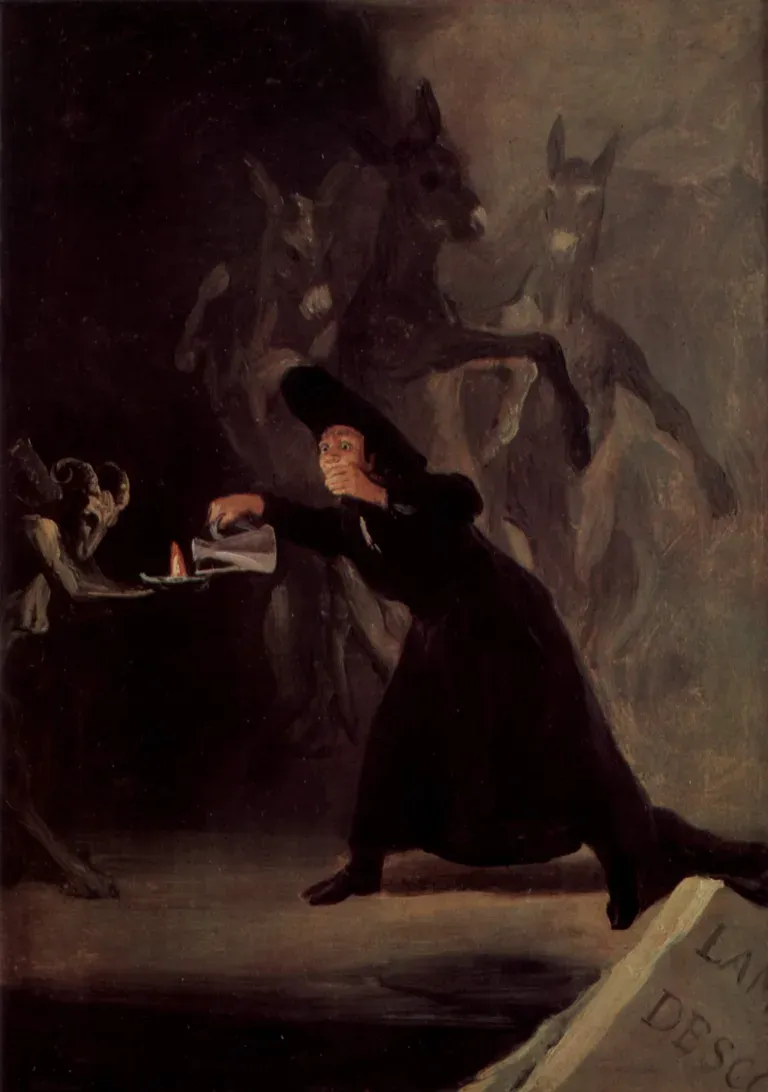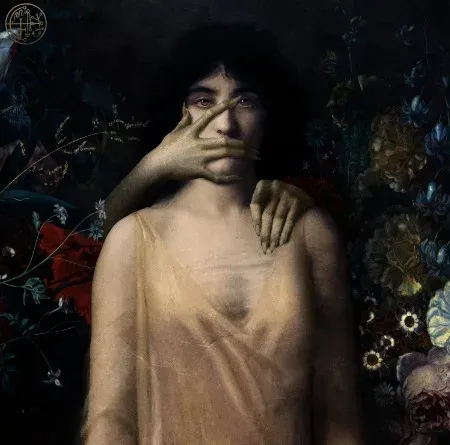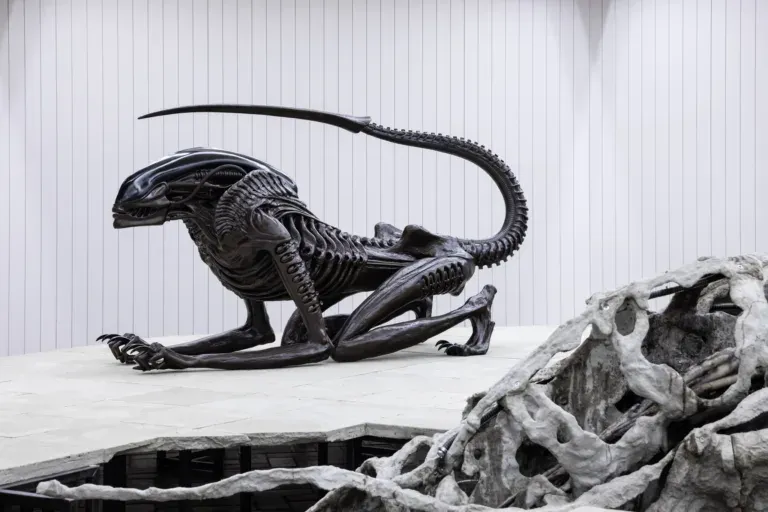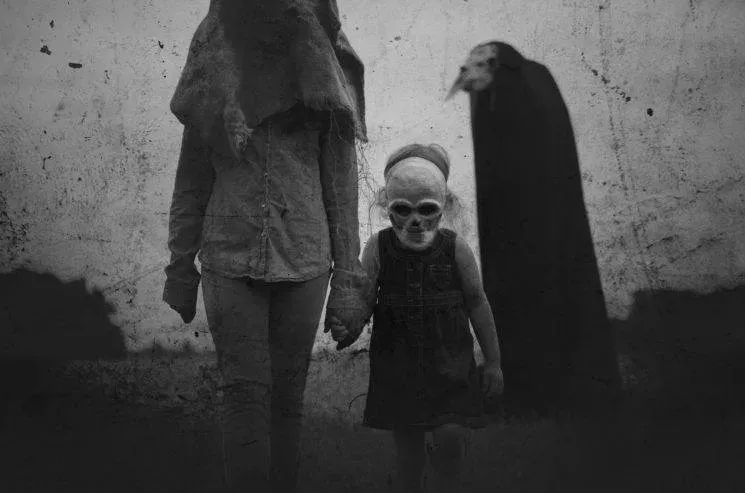The Garden of Earthly Delights
“The Garden of Earthly Delights” by Hieronymus Bosch: A Journey into the Art of Mystery
Introduction
The painting is one of the most enigmatic and fascinating masterpieces by the Flemish painter Hieronymus Bosch, created between 1480 and 1490. This triptych, composed of three panels painted on wood, offers an intricate and surreal glimpse into Bosch’s extraordinary imagination.
Description of the Work
The triptych opens with a panel depicting the Earthly Paradise, a place of harmony and beauty. The central panel, the heart of the work, is the actual “Garden of Earthly Delights,” with fanciful scenes of creatures, plants, and surreal landscapes. The right panel depicts Hell, a chaotic and apocalyptic vision.
Meaning and Interpretation
The painting is shrouded in mystery and interpretations. Some scholars see the work as an allusion to the original sin, with paradise corrupted by carnal desires and earthly pleasures. Others interpret the painting as a moral critique or a prophetic vision. The rich symbolism of the images continues to stimulate debates and reflections.
Bosch’s Unique Style
Hieronymus Bosch is renowned for his unique style, characterized by meticulous details, fantastical creatures, and masterful use of color. The human, animal, and hybrid figures that populate his Garden of Earthly Delights are painted with extraordinary precision, contributing to creating a dreamlike and surreal atmosphere.
In Conclusion
The painting by Bosch is an extraordinary example of how art can challenge conventions and open doors to reflection and interpretation. This work continues to inspire artists and viewers, keeping its magic and mystery alive through the centuries.







